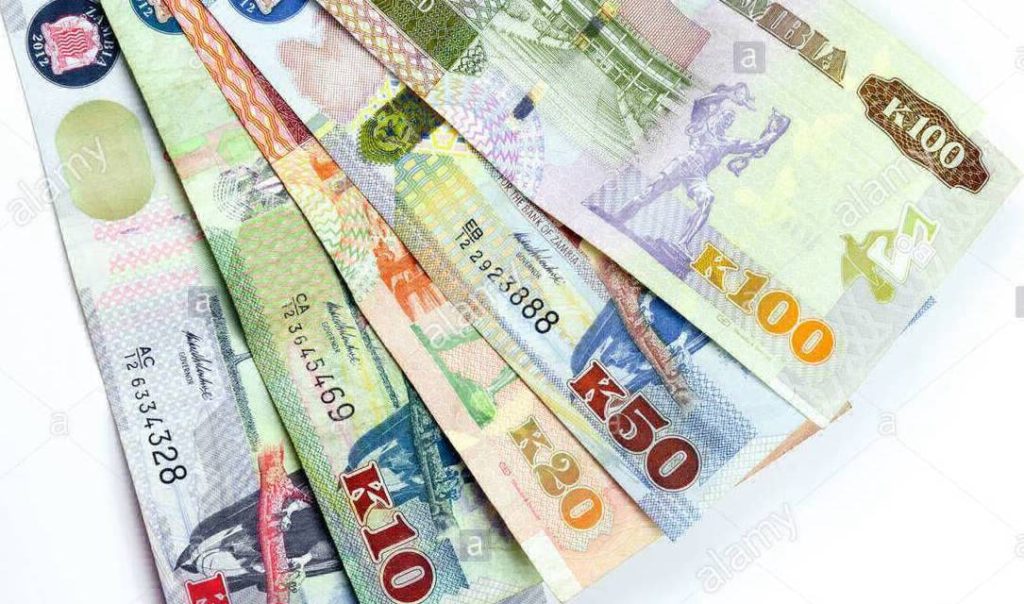
Dealing with Counterfeit Currency in Lusaka, Zambia
In the vibrant city of Lusaka, Zambia, the bustling markets and everyday transactions are the heartbeat of the local economy. However, amidst the flow of legitimate currency, there exists a shadowy threat: counterfeit money. Let’s delve into the issue of counterfeit currency in Lusaka, its impact on businesses and individuals, and what steps can be taken to address this growing concern.
The Presence of Fake Money:
Counterfeit currency has become a persistent problem in Lusaka, with fake banknotes circulating alongside genuine ones. These counterfeit notes often find their way into the hands of unsuspecting businesses and individuals, leading to financial losses and eroding trust in the local currency.
Impact on Businesses:
Businesses in Lusaka face significant challenges when counterfeit currency enters their transactions. From small vendors to large enterprises, accepting fake money can result in substantial financial losses. This not only affects profits but also disrupts the smooth operation of businesses and damages their reputation.
Risks to Individuals:
Everyday citizens in Lusaka are also at risk of encountering counterfeit currency. Whether it’s receiving change at a market or conducting transactions, individuals may unknowingly accept fake banknotes. This poses a direct threat to their financial well-being, as they may lose hard-earned money and purchasing power.
Recognizing Counterfeit Currency:
It’s crucial for businesses and individuals in Lusaka to be able to identify counterfeit currency. Here are some key features to look out for:
- Watermark: Genuine Zambian Kwacha notes feature a clear watermark of the portrait of the noted historical figure depicted on the banknote. This watermark should be visible when held up to the light.
- Security Features: Look for security threads and holographic features on genuine banknotes. These are designed to prevent counterfeiting and should be present and visible.
- Color and Printing Quality: Counterfeit notes may exhibit discrepancies in color or blurry printing. Compare suspect notes with genuine ones for differences in detail and quality.
- Texture and Feel: Authentic banknotes have specific textures and raised printing that can be felt with your fingers. Counterfeit notes may lack these tactile features.
Reporting Suspected Counterfeit Currency:
If you come across a banknote in Lusaka that you suspect is counterfeit, here’s what you should do:
- Do Not Circulate: Refrain from using or passing on the suspected fake money to prevent its further circulation.
- Report to Authorities: Contact the Bank of Zambia or local law enforcement to report the counterfeit currency. They have specialized units to handle such cases and investigate counterfeit money operations.
Public Awareness and Vigilance:
Raising public awareness about counterfeit currency is crucial in Lusaka. Educational campaigns and workshops can help residents and businesses recognize the signs of fake money. By remaining vigilant and informed, we can collectively combat the circulation of counterfeit currency and protect the integrity of Zambia’s financial system.
Conclusion:
Counterfeit currency poses a significant threat in Lusaka, impacting businesses, individuals, and the economy as a whole. By familiarizing ourselves with the security features of genuine banknotes and promptly reporting suspected cases, we can work towards a more secure financial environment. Let’s unite to address the issue of counterfeit currency and safeguard the financial integrity of Lusaka, Zambia.
